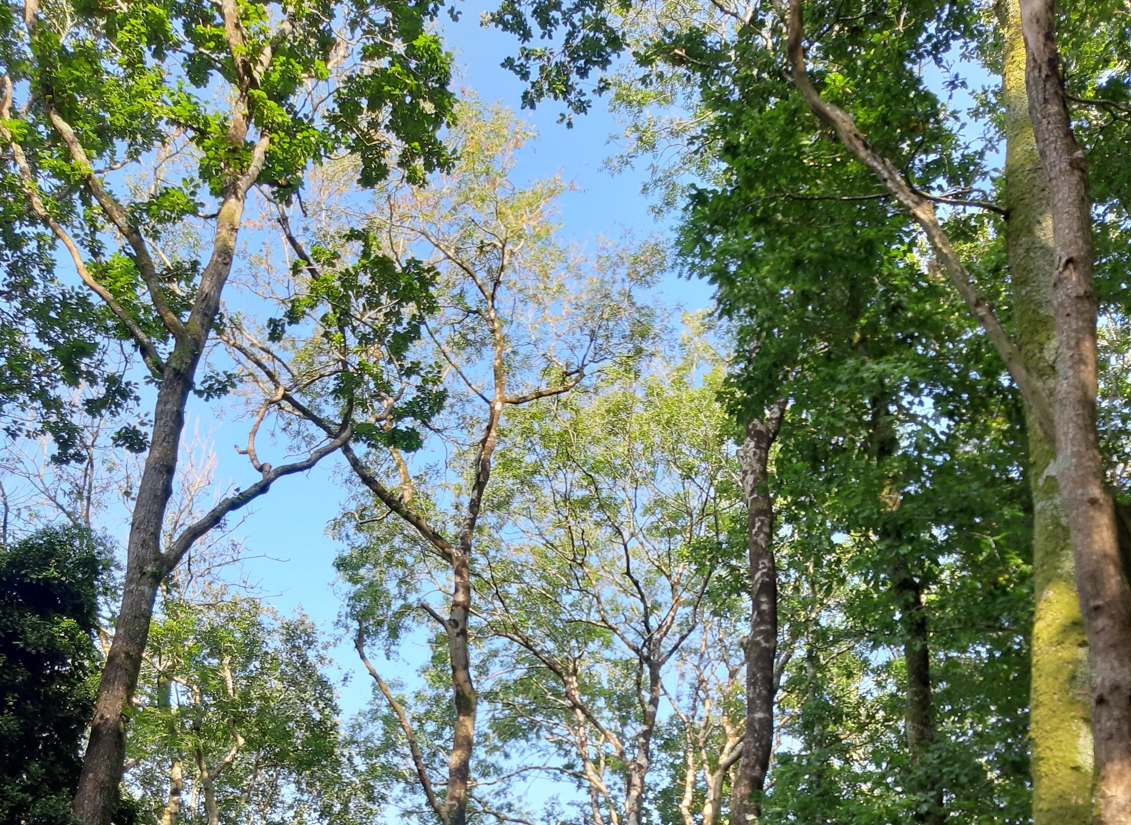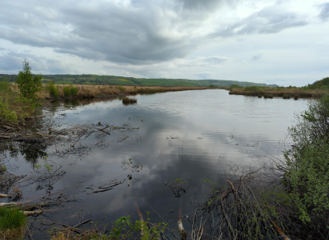
Themes
Biodiversity
Linking environmental descriptors, land cover and habitats and change to the distribution, abundance and richness of fauna and flora
Living Earth is well suited to support the assessment of biodiversity in existing and proposed protected areas as well as the wider landscape. In particular:
- The FAO LCCS categories can be translated directly to many habitat classes in national taxonomies, with the inclusion of contextual information (e.g., peat extent) providing greater capacity to discriminate and map habitats.
- The environmental descriptors used to construct the land cover maps in Living Earth can also provide input to species distribution models for both plant and animal species and communities.
- The maps of land covers and habitats and predicted species distributions can be used to better explore and understand past and current connections between habitats within and outside such focus areas.
- The products generated by Living Earth can be used to establish whether past management and outcomes have been effective, inform future plans and policy decisions, and monitor progress towards ambitions over varying time frames.
- Living Earth is introducing new capacity to retrieve/classify or use environmental descriptors relevant to inland (freshwater), coastal (intertidal) and marine waters, including water surface, water columns and benthic environments, and provides a connection to change processes occurring on the terrestrial surface.
Wales has a rich biodiversity with many iconic species. However, the abundance and distribution of fauna and flora has reduced overall over past decades; this is often piecemeal and therefore the full extent of change is not always evident.
The provision of high-resolution maps of environmental descriptors by Living Earth, coupled with a wealth of species data points held by Local Environmental Record Centres, offers the opportunity to explore species distribution modelling. This approach can make use of diverse modelling techniques to offer considerable insight into the potential geographic ranges of species, human impacts on these, and inform future landscape planning.
Ecosystems are generally complex and difficult to define and, more often than not, comprise a wide range of habitats; typically combining semi-natural, agricultural and non-natural components.


